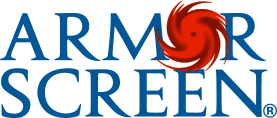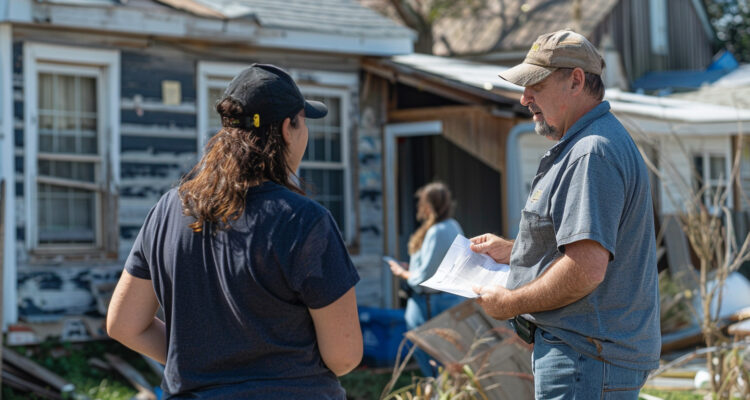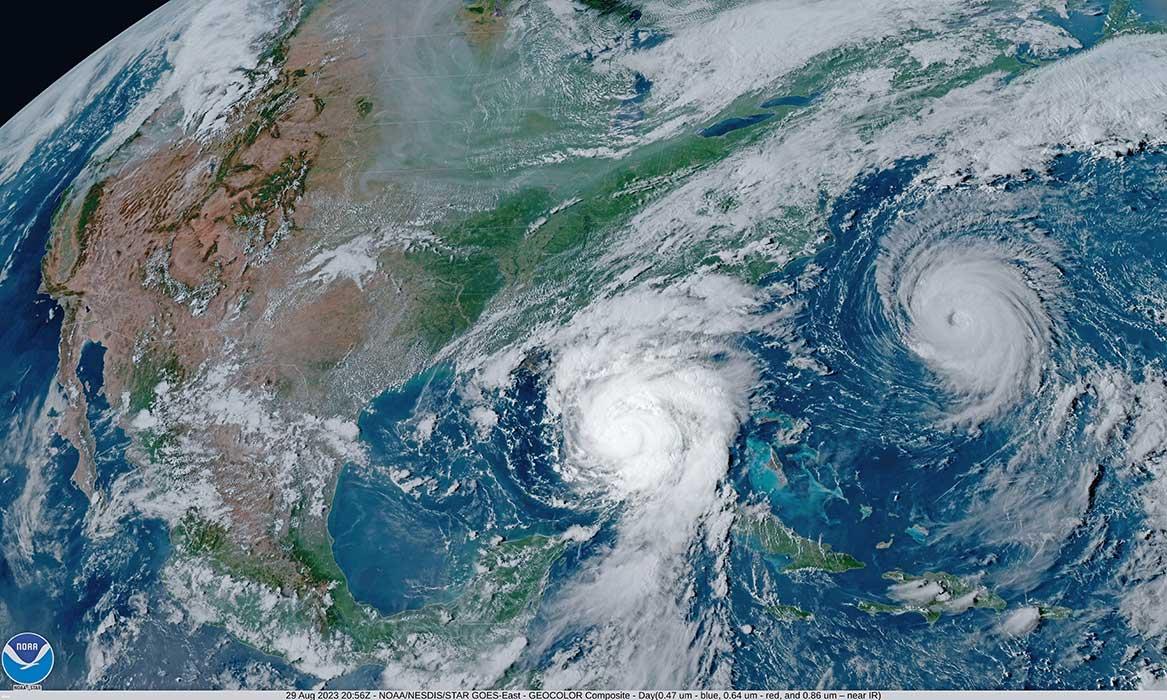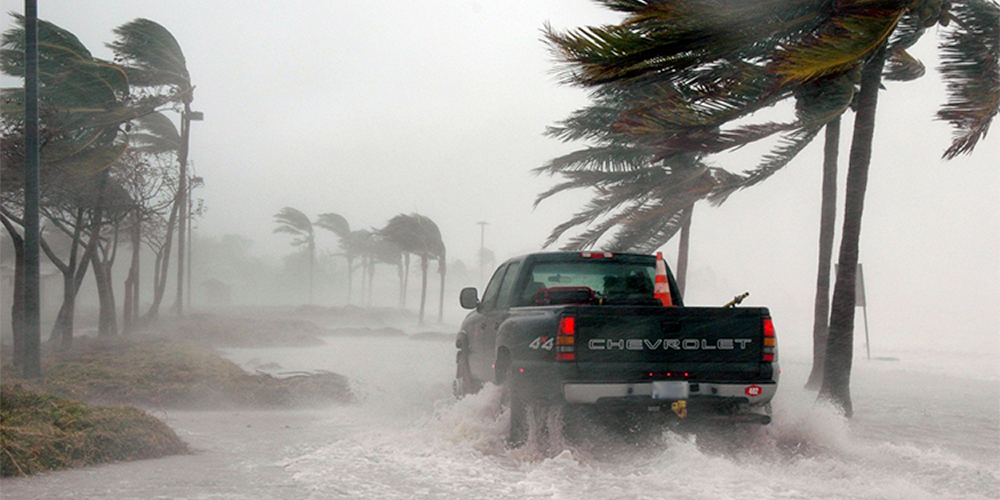The aftermath of a hurricane often leaves homeowners to deal with both emotional and financial stress. After facing recent storms like Hurricane Helene, which caused widespread damage, and Hurricane Milton, which directly impacted much of our local area, many families are now in the process of recovery and storm damage repair. While the focus is on rebuilding, the costs associated with these repairs can be overwhelming. Fortunately, there are a number of financial solutions available to help ease this burden and get homes back to their pre-storm condition.
1. Insurance Claims for Storm Damage
In the wake of hurricanes like Milton, insurance claims are often the first line of defense for homeowners. If your home was insured, it’s important to begin the claim process as soon as possible. Storm damage repair may be covered by your homeowner’s insurance, but understanding the scope of that coverage is essential.
Here are some tips to keep in mind when dealing with insurance claims:
- Document the Damage: Take photos of all affected areas, including windows, doors, and roofing.
- Understand Your Coverage: Ensure that storm damage repair is included in your policy. Look for specific clauses related to hurricanes or flooding.
- File Promptly: Most insurance companies have a set period for filing claims, so act quickly.
- Be Prepared for Adjusters: When the insurance company sends an adjuster, make sure to point out all areas of damage to ensure nothing is missed.
You can get more information and start the claims process through the Florida Office of Insurance Regulation.
2. Government and State Programs
Federal and state governments offer assistance programs designed to help homeowners recover from natural disasters like Helene and Milton. One of the most prominent programs is FEMA’s Individuals and Households Program (IHP), which provides financial aid for storm damage repair not covered by insurance.
Programs you should consider:
- FEMA Individual Assistance: Offers grants for repairs to make homes safe, sanitary, and functional.
- Florida Division of Emergency Management: The state’s emergency response program, providing updates and resources for disaster relief.
- SBA Disaster Loans: For those who need to cover extensive repairs, the Small Business Administration (SBA) offers low-interest disaster loans to homeowners.
Applying for these programs quickly can make a big difference, as funding may be limited depending on the scope of the disaster and the number of claims.
3. Loans and Grants for Homeowners
If insurance and government programs don’t fully cover the cost of repairs, homeowners may need to consider loans or grants. While it may feel daunting to take on additional financial obligations after a hurricane, these options can help you manage costs more effectively.
- Home Improvement Loans: Many banks and credit unions offer low-interest loans specifically for storm damage repair. These loans typically have favorable terms, and they allow you to start repairs immediately. Look into options at South Florida credit unions or your local bank.
- Nonprofit Grants: Some nonprofit organizations, especially those focused on disaster relief, offer grants to homeowners in affected areas. United Way of Miami-Dade is one such organization that may have assistance options available.
- Contractor Financing: Many contractors, including those who specialize in installing hurricane screens, may offer financing plans that can help spread the cost of repairs over time.
4. Hurricane Screen Installation as Preventative Protection
While immediate repairs are critical, it’s also important to think about the future. The recent devastation caused by Hurricane Milton has highlighted the need for robust preventative measures. Installing hurricane screens can significantly reduce damage in future storms by protecting vulnerable windows and doors from flying debris.
Investing in Armor Screen products not only adds a layer of protection to your home, but it also lowers the risk of incurring further costs for storm damage repair. Many homeowners who had hurricane screens installed prior to Milton experienced less damage than those who didn’t. Several financing options are available to help spread the cost of installing these protective systems, including:
- Home Equity Loans: Use the equity in your home to cover the cost of installation.
- Manufacturer Financing: Many manufacturers and installers offer financing options for hurricane protection systems.
- Government Incentives: Check for local or state programs offering incentives for installing hurricane-resistant materials. The Florida Property Assessed Clean Energy (PACE) Program may have options that can help you finance these upgrades.
5. Tax Relief for Storm Damage Repairs
As a final step in managing the financial burden of storm damage repair, homeowners may be eligible for tax relief. The IRS provides deductions for casualty losses, which may include unreimbursed storm damage repair costs.
To claim this deduction:
- Document All Repair Expenses: Keep receipts for all repairs, whether out-of-pocket or covered by insurance.
- File a Claim Quickly: Casualty loss deductions need to be claimed within a specific period after the disaster.
- Consult a Tax Professional: A qualified tax expert can help you maximize your deductions and ensure that all eligible repair costs are accounted for. Visit the IRS website for more information.
Recovering from hurricanes like Helene and Milton requires both time and resources, but you don’t have to bear the financial burden alone. By exploring insurance options, taking advantage of government programs, and considering financing for preventive measures like hurricane screens, homeowners can rebuild stronger and better prepared for the future. Protecting your home with Armor Screen solutions can minimize damage in the next storm and provide peace of mind. Request a free quote to learn more.







